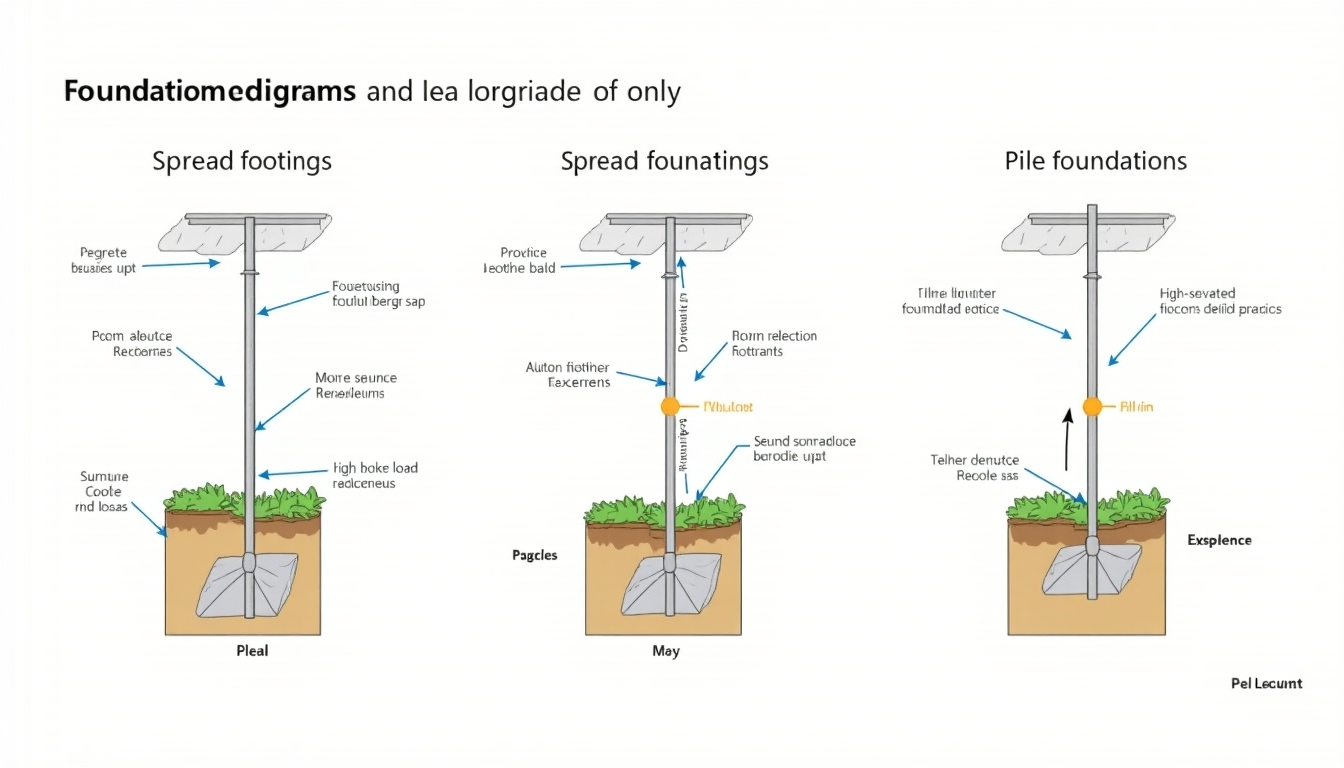Mastering Foundation Design Principles
Foundation Design Principles for Engineers and Architects
The foundation of any structure is its cornerstone, providing stability and distributing loads safely to the underlying soil or rock. For engineers and architects, understanding foundation design principles is crucial in ensuring a safe and durable structure. Let's dive into the key aspects of this essential field of study.

Importance of Foundation Design
Foundations serve varied purposes, including:
- Bearing and transferring the load of the structure safely to the ground
- Ensuring the stability of the building under varying conditions
- Preventing differential settlement
By adhering to core foundation design principles and building codes, engineers and architects can guarantee the longevity and safety of structures.

Understanding and Testing Soil Properties
Before designing a foundation, soil investigations determine factors like bearing capacity, compressibility, and water table level. These tests identify potential challenges and guide the selection of the most suitable foundation type.

Types of Foundations
Foundations broadly classify into two categories:
- Shallow Foundations:
- Spread footing
- Mat foundation
- Deep Foundations:
- Pile foundation
- Drilled shafts
The choice depends on factors such as load-bearing requirements and soil conditions.

Incorporating Building Codes
Building codes are regulatory guidelines essential in foundation design. These codes ensure safety, durability, and compliance at all construction stages. Staying updated on the latest standards isn't just a legal requirement but also a cornerstone of professional integrity.

Closing Thoughts
Mastering foundation design principles for engineers and architects involves thorough planning, adherence to building codes, and sound judgment. By continually learning and adapting to advancements in this field, professionals can craft safe and enduring structures.





